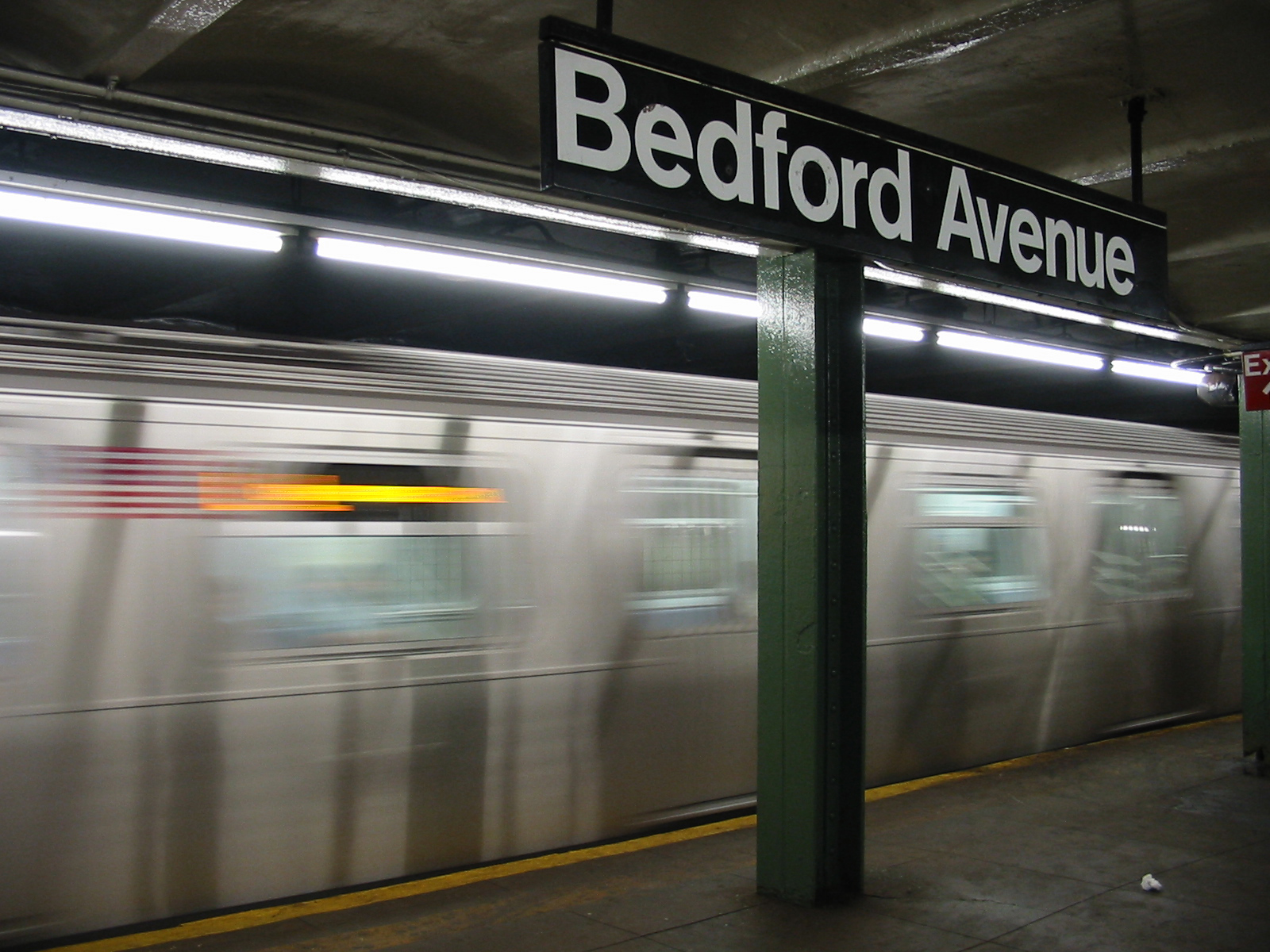
North Brooklyn rents fell ahead of the scheduled L train shutdown — and renters saved a lot. (Aadidiaz/Getty Images)
If the MTA follows through on Gov. Andrew Cuomo’s new proposal to avert the long-dreaded L train shutdown, renters who signed leases in the affected area over the last year will be the biggest winners.
Rents are now far lower in the areas directly affected by the L shutdown than they would have been without it — down 1.5 percent in North Brooklyn since April 2016, when the shutdown was first announced, according to the StreetEasy Rent Index[1].
With No Shutdown, Tenants Who Inked Leases in 2018 Got a Deal
There were roughly 20,000 homes listed on StreetEasy for rent in 2018 in North Brooklyn — an area that includes both Williamsburg and Greenpoint. We conservatively estimate that renters signing new leases in these units in 2018 saved a minimum of $6.4 million compared to what they’d have paid if there were no shutdown and rents had remained flat.
If we assume rents in North Brooklyn would have grown at the same rate as the rest of Brooklyn — 3.3 percent cumulatively since April 2016 — total renter savings rises to $26.5 million.
This higher number is likely closer to the true savings. While it is possible that rents in some pricey luxury buildings would not have risen at such a swift pace, rents grew over the past year in many similar areas, such as Downtown Brooklyn and Dumbo.
Moreover, the full amount of savings among those renters renewing leases, signing leases longer than 12 months, negotiating onsite, and living in other adjacent areas dependent on the L train is likely larger than even the $26.5 million figure.
And of course, these renters will no longer need to plan a commuting alternative to Manhattan starting in April.
North Brooklyn Rents Are Likely to Rebound Quickly
While landlords along the L are relieved they no longer need to offer relative bargains, many are also probably frustrated by the income forgone over a looming inconvenience to tenants that now looks unlikely to arrive.
Landlords will be anxious to make up for lost revenues, and are likely to take a harder stance in negotiations despite whatever bargaining chip the lingering uncertainties over the L give renters. We expect rents to rise sharply over the next few weeks as they climb back toward pre-shutdown levels.
How much could they rise? Overall rents in Brooklyn rose 3.3 percent during the same period that North Brooklyn rents fell ahead of the shutdown. Before last week’s announcement, North Brooklyn rents sat at roughly the same level they were in spring 2015, while overall Brooklyn rents were near all-time highs.
Transit Woes Dampen Enthusiasm for Outer Boroughs
The L train situation has illustrated the critical importance of the city’s public transit system to real estate values all over the city, especially in the outer boroughs.
Like an in-building gym, roof deck, or doorman, convenient access to transit is an amenity that spurs demand for a neighborhood, and for which many New Yorkers are willing to pay. As of December, demand for rentals in Williamsburg fell 1 percent from the prior year according to the StreetEasy Demand Index[2], making it the only neighborhood in the city with falling rental demand.
As the MTA considers further disrupting transit service in order to address long-term maintenance, we expect rising demand in areas with multiple subway lines. As of October 2018, rents in pricey central areas of Manhattan — including Downtown Manhattan and the Upper East Side — were growing at a faster pace than those in Brooklyn or Queens.
Should this trend continue, it would mark the reversal of the a long-standing pattern of New Yorkers moving away from central neighborhoods to seek affordability — a trade-off that pushed up rents in areas such as Prospect Lefferts Gardens, Crown Heights, and Inwood between 2010 and early 2018.
We’ve already predicted that in 2019, many centrally located neighborhoods will see strong demand, as New Yorkers with the means choose homes in popular areas of Downtown Manhattan over paying similar prices in outer boroughs.
Of course, should the MTA discover less disruptive measures to maintain the subways — as it seemingly has for the L train — those seeking homes with a convenient commute may find many more places within their budget.
[1] As of November 2018.
[2] The StreetEasy Demand Index compares apartments that have been rented on StreetEasy more than once, looking at how prices have changed over time and how quickly units were taken off the market after being listed. Using StreetEasy data, the index predicts how quickly an apartment will be rented, and compares that to what actually happened. If, for example, an apartment fetched a higher rent than it did a year previous, and sat on the market for fewer days than expected, we can reasonably infer that demand increased for that apartment.
—
Hey, why not like StreetEasy on Facebook and follow @streeteasy on Instagram?